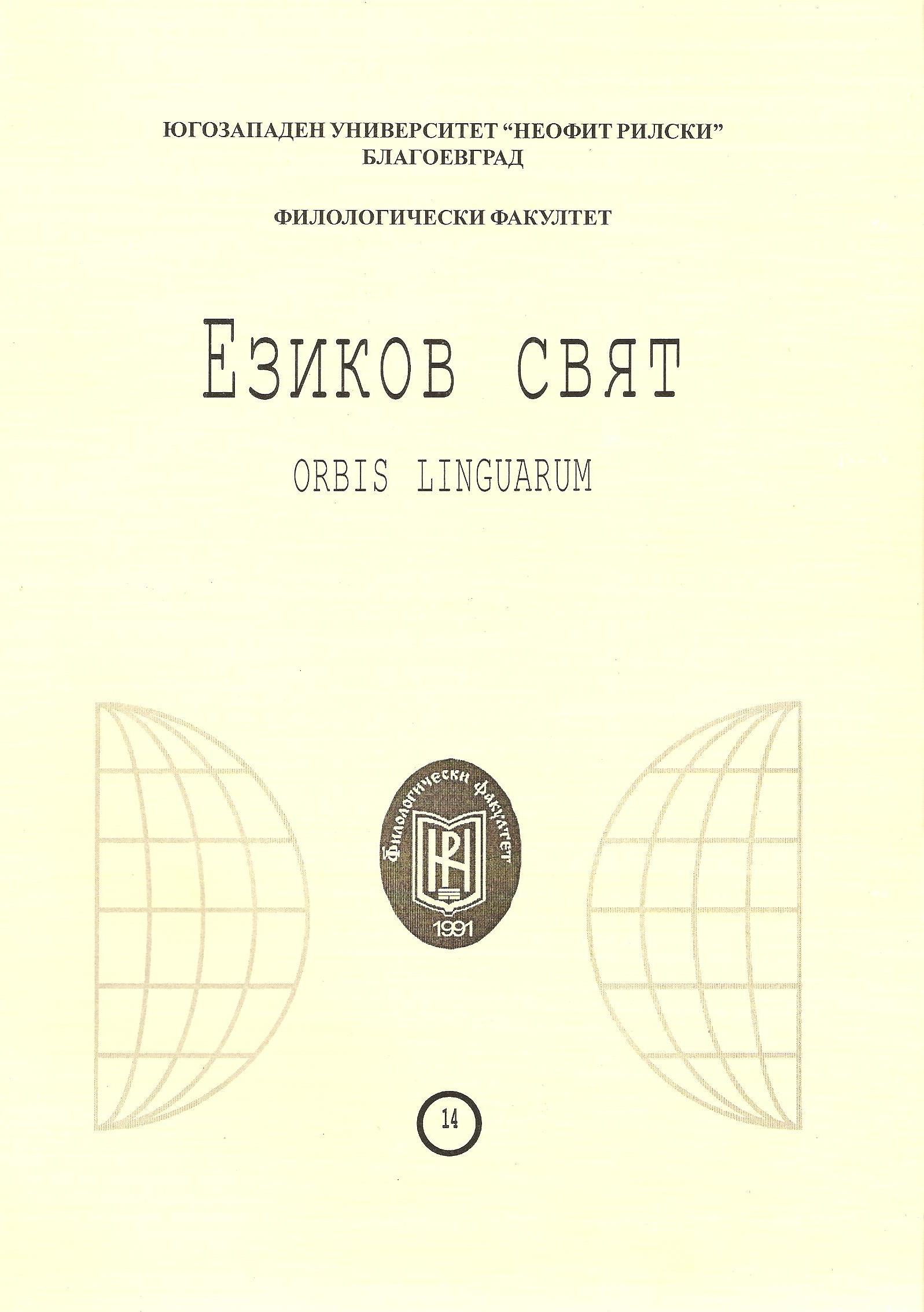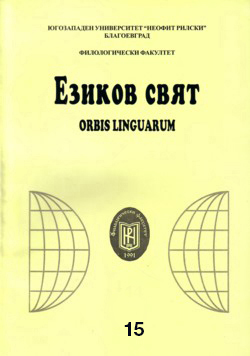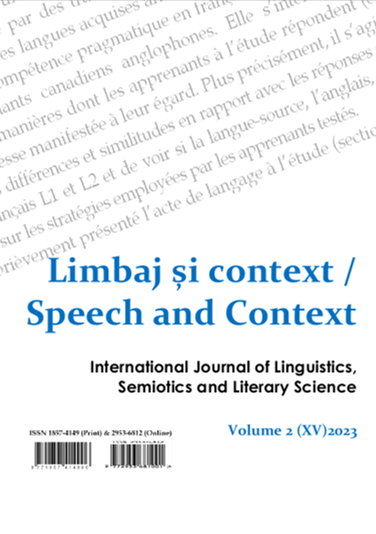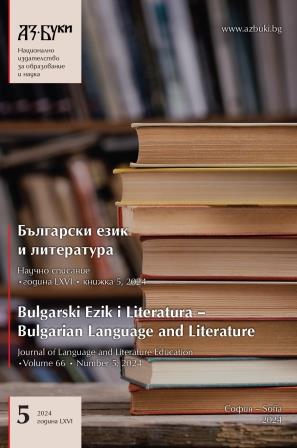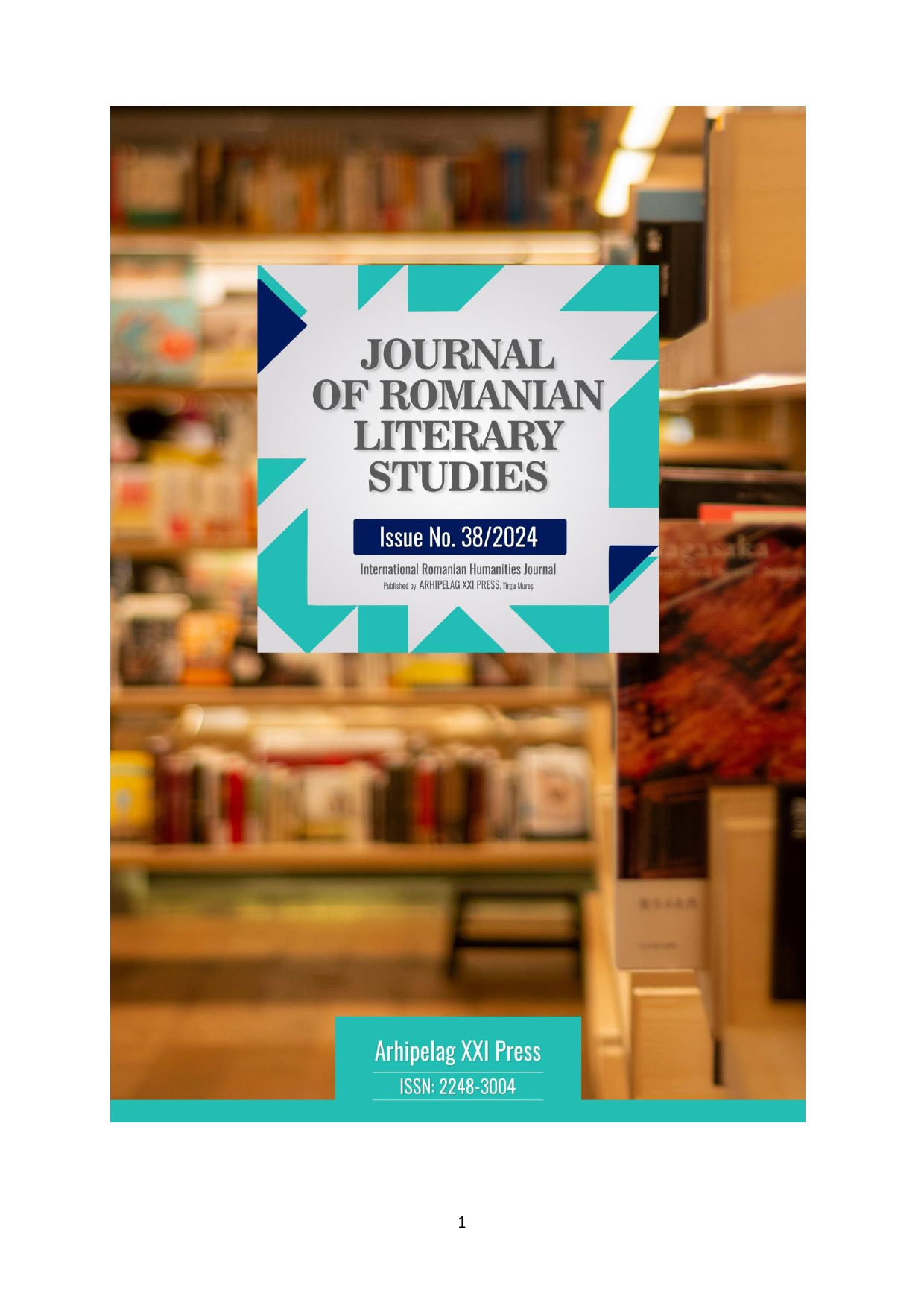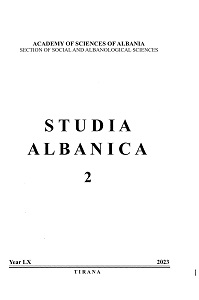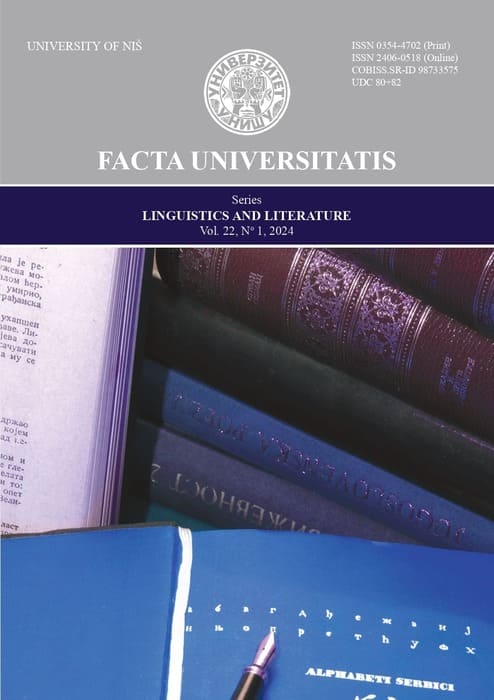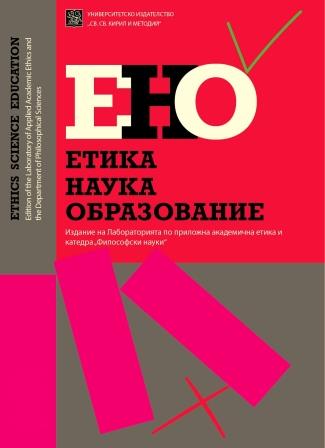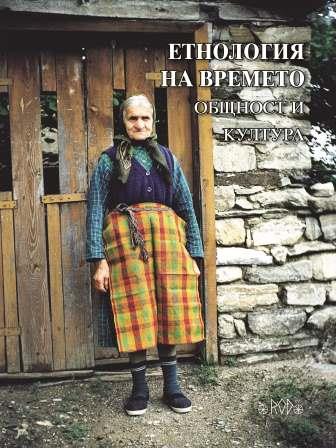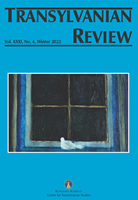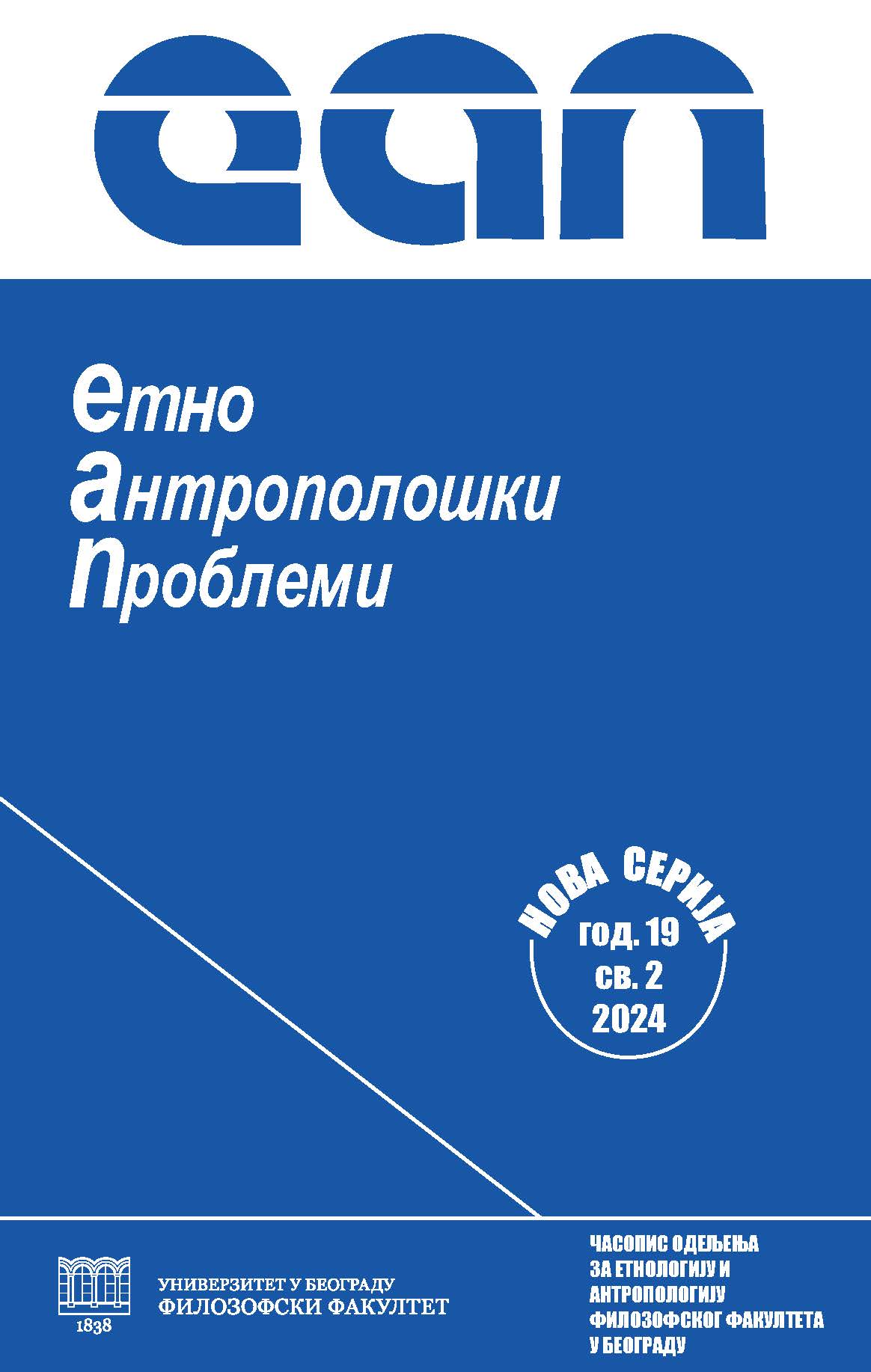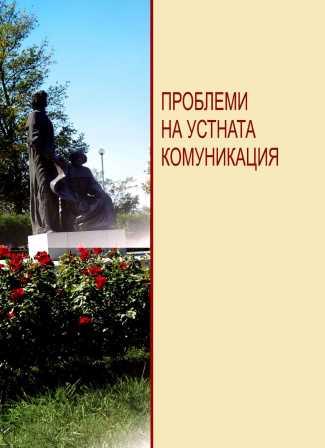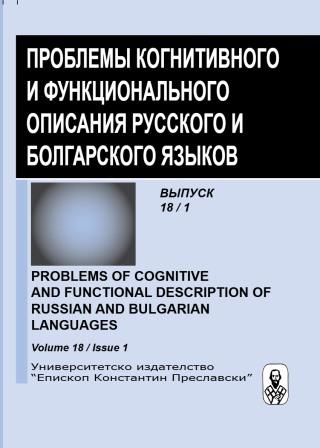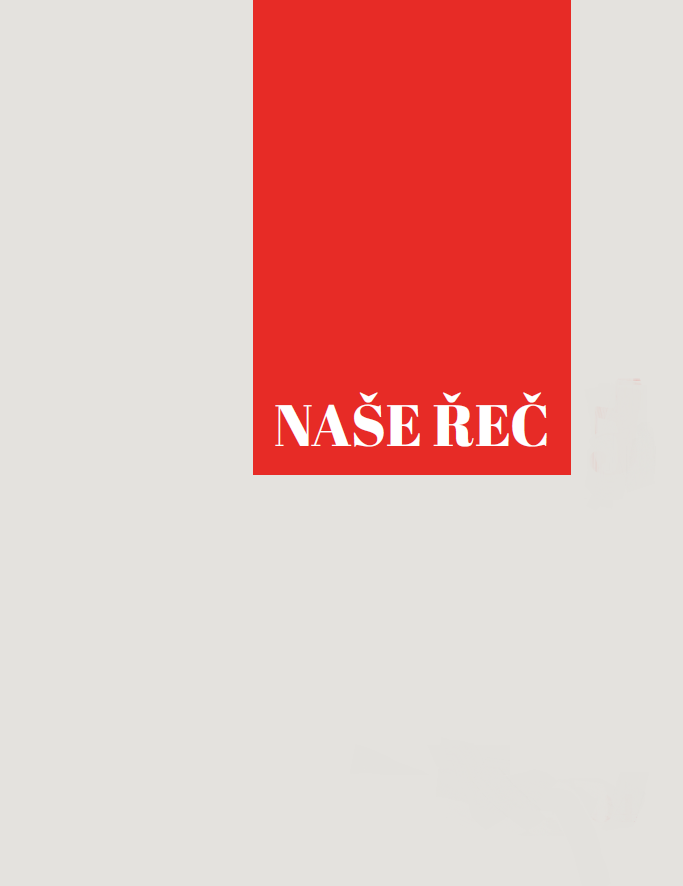Author(s): Ilie-Cătălin Grigore,Marius Oanță / Language(s): English
Issue: 2/2024
The community of Cioplea developed itself on two main cultural coordinates: a religious one, of Catholic expression, and an ethnic one, Paulician, which was also derived, in the latter instance, from a religious substrate. However, in its continuous identity development, a new factor emerged: the Bulgarian cultural heritage. For the 19th-century Cioplea villager who recently moved to Wallachia, the Bulgarian space represented a lost paradise, a nostalgia that was amplified in the case of this countryless population and religionless ecclesia, such as the Paulician one. By testing this hypothesis, the present study tries to quantify the influence of all these factors, while also taking into account what we might consider a true identity complex: although a genuine historical instinct of self-preservation prevented them from being assimilated into the host populations, stimulating specific differences from others, the Paulician micro-communities became fragmented and isolated from one another by this practice. In this sense, is no wonder that the villagers from Cioplea, although sharing common ancestors with the inhabitants of Popesti-Leordeni, have always claimed cultural differences from them in terms of dialect, customs, traditional clothing, etc. Even if recent studies have analysed the meaning of home for diaspora communities, is likely possible that those terms – diaspora and home – have a completely different meaning for Bulgarian Paulicians. Pointing out those moments in the historical timeline of people from Cioplea that led to the alteration and distancing of the cultural roots with which they came here could also indicate paradigms that they could follow to revive this community in accordance with the most intimate meaning of the word home.
More...
